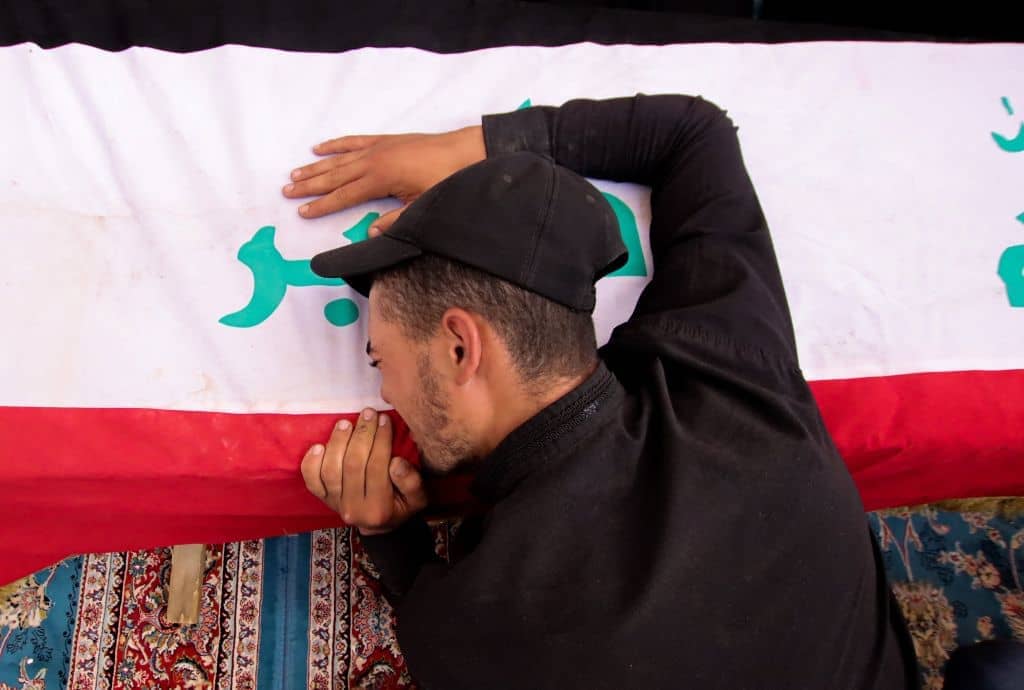Political turmoil is nothing new in Iraq. The American invasion and occupation turned the country from a brutal dictatorship led by the late Saddam Hussein into a quasi-democracy that spends more time fighting against itself than providing for its citizens.
Iraqi politics is laced with sectarianism. When the US helped construct Iraq’s political system, dividing the spoils among Iraq’s three main groupings, the Sunnis, Shia and Kurds, it was thought to be the best way to ensure the system didn’t collapse. The more buy-in from Iraq’s major communities, the logic went, the more incentive they would have to make Iraqi democracy work.
Since then, the world has become familiar with factional disputes and violence between Iraq’s sectarian communities. From 2005 to 2007, Iraq was essentially a failed state, with the government in Baghdad led by men who answered to Shia death squads and al-Qaeda maniacs like Abu Musab al-Zarqawi who deliberately killed as many Shia civilians as possible to incite a civil war.
This week, the political crisis turned deadly
The latest political crisis, however, isn’t between Sunni and Shia but rather within the Shia political elite itself — and this week, the political differences erupted into hours of shooting in and around Baghdad’s Green Zone, killing dozens of people.
The saga started in October 2021, when a political group led by cleric Muqtada al-Sadr (who was once wanted by the US after being labelled an ‘outlaw’) won the most seats in the parliamentary elections.

Get Britain's best politics newsletters
Register to get The Spectator's insight and opinion straight to your inbox. You can then read two free articles each week.
Already a subscriber? Log in







Comments
Join the debate for just £1 a month
Be part of the conversation with other Spectator readers by getting your first three months for £3.
UNLOCK ACCESS Just £1 a monthAlready a subscriber? Log in